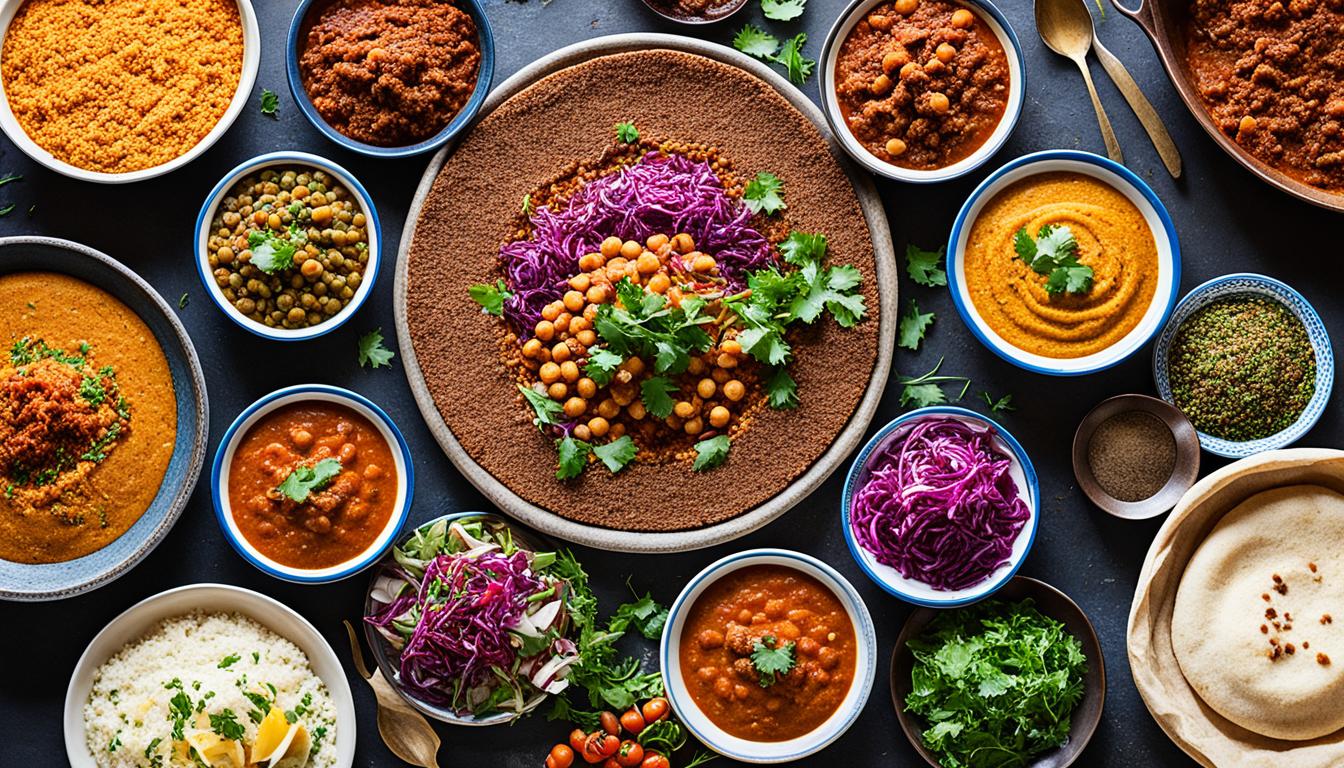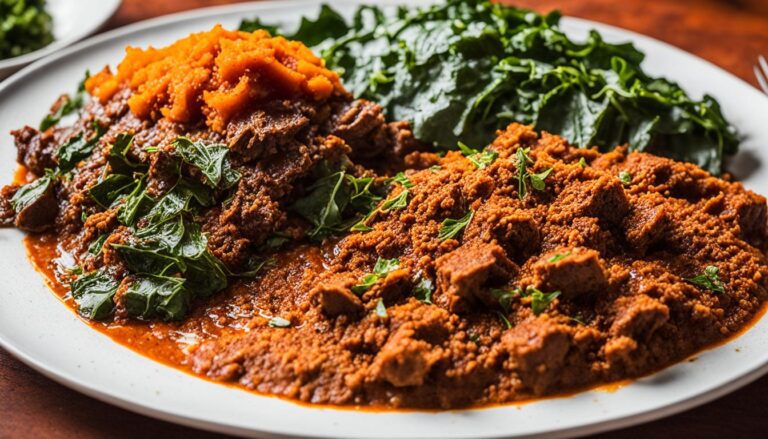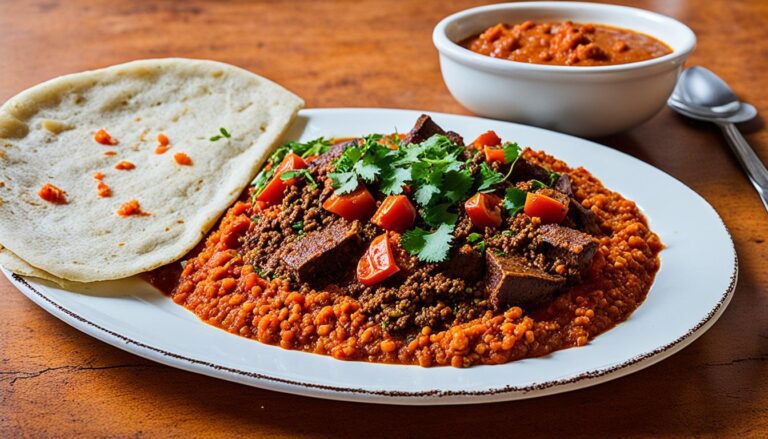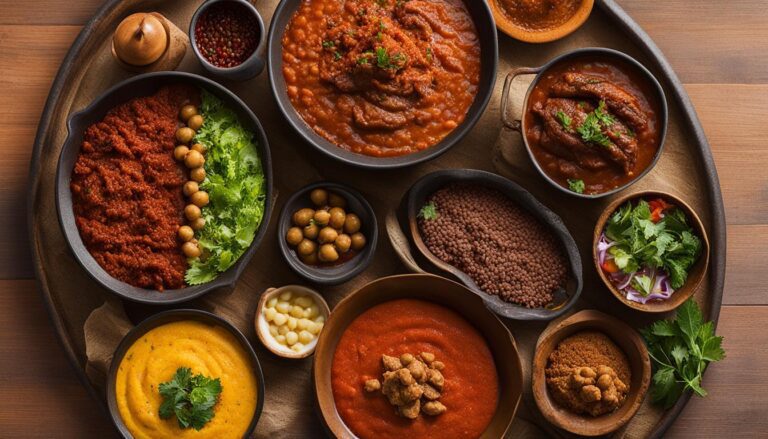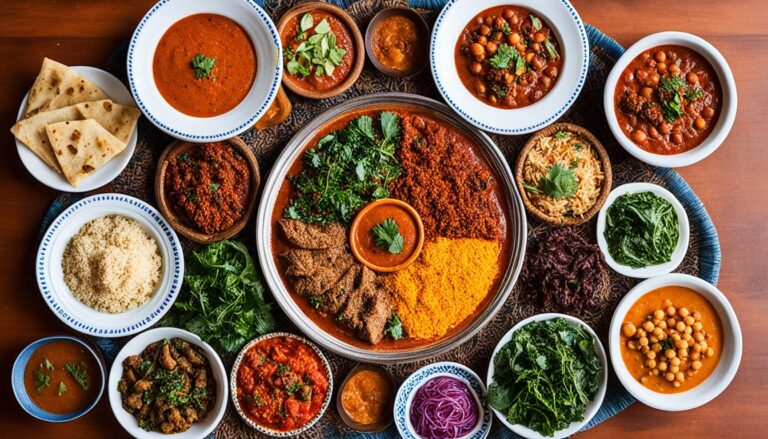Is Ethiopian Food the Same as African Food?
When we think of African food, a world of vibrant flavors and diverse culinary traditions comes to mind. But what about Ethiopian food? Is it representative of African cuisine as a whole, or does it hold its own distinct identity? This question has intrigued food enthusiasts and cultural explorers alike.
In this article, we embark on a journey to uncover the relationship between Ethiopian food and African food. We will delve into the unique characteristics of Ethiopian cuisine, exploring its rich cultural heritage and the influences that shape its flavors. At the same time, we will acknowledge the vast diversity within African cuisine, examining the regional dishes and cooking styles that define the continent’s culinary tapestry.
So, is Ethiopian food the same as African food? Let’s unravel the flavors, embrace the traditions, and embark on a culinary adventure that will challenge our perceptions and leave us with a deeper understanding of the rich tapestry of African cuisine.
Key Takeaways:
- Explore the unique cultural heritage and influences behind Ethiopian cuisine.
- Discover the vast diversity within African cuisine, highlighting regional dishes and cooking styles.
- Uncover the shared ingredients, techniques, and flavors that connect Ethiopian food to other African dishes.
- Reflect on the question of whether Ethiopian food can be considered representative of African food as a whole.
- Appreciate the distinctiveness and diversity of African culinary traditions, while recognizing the unique flavors of Ethiopian food.
The Rich Cultural Heritage of Ethiopian Cuisine
When exploring Ethiopian cuisine, one cannot overlook the rich cultural heritage that lies behind it. The flavors and cooking techniques found in Ethiopian food are deeply rooted in the country’s history and traditions.
One significant influence on Ethiopian cuisine is the ancient Aksumite Empire. This empire, which existed from the 1st to the 8th century AD, left a lasting impact on Ethiopian culture, including its culinary practices. The Aksumite Empire introduced spices, such as cloves and cinnamon, which continue to be essential ingredients in many Ethiopian dishes today.
Furthermore, the diverse tribes of Ethiopia have contributed significantly to the cultural tapestry of the country’s cuisine. Each tribe has its own unique culinary traditions, incorporating local ingredients and cooking techniques. This diversity adds depth and complexity to Ethiopian food, making it a true reflection of the country’s cultural heritage.
One fascinating aspect of Ethiopian cuisine is the traditional way of eating, which involves sharing communal meals. Injera, a sourdough flatbread made from teff flour, serves as the centerpiece of Ethiopian meals. It is used to scoop up various stews and dishes, fostering a sense of community and unity.
In conclusion, the cultural heritage behind Ethiopian cuisine is a testament to the country’s diverse history and traditions. From the influences of the Aksumite Empire to the culinary traditions of Ethiopian tribes, Ethiopian food represents more than just sustenance—it embodies the cultural richness and diversity of the Ethiopian people.
Diversity of African Cuisine
When it comes to African cuisine, the word that best describes it is diversity. Africa is a vast continent with a rich culinary heritage that is as diverse as its people and landscapes. From North to South, East to West, every region boasts its own unique flavors, cooking techniques, and ingredients, resulting in a tapestry of culinary experiences.
One cannot begin to explore African cuisine without acknowledging the multitude of regional dishes that shape its culinary landscape. From the tagines of North Africa to the jollof rice of West Africa, each dish showcases the distinct flavors and cultural influences of its respective region.
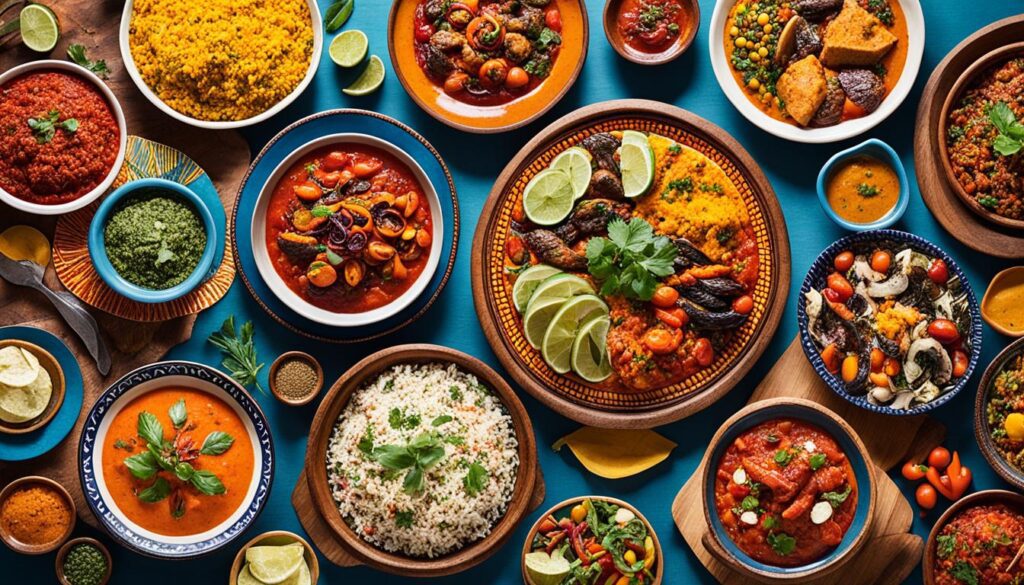
A Culinary Journey Through Africa
Embarking on a culinary journey through Africa reveals a myriad of flavors and cooking styles that embrace the diversity of the continent. In West Africa, the use of bold spices, such as ginger, cayenne pepper, and cloves, adds depth and complexity to dishes like Nigerian suya or Senegalese mafe.
In East Africa, staple ingredients like injera, a sourdough flatbread, and berbere spice blend feature prominently in Ethiopian and Eritrean cuisine. These dishes, often served family-style on a communal platter, showcase the communal aspect of dining and the importance of sharing food in African culture.
In Southern Africa, the flavors of indigenous ingredients like maize, sorghum, and various game meats are celebrated in dishes such as South African bobotie or Zimbabwean sadza. These dishes offer a glimpse into the rich culinary traditions of the region.
As we travel across the continent, we discover a multitude of culinary traditions that reflect the cultural, historical, and geographical influences on African cuisine. From Moroccan tagines to South African braais, African cuisine is a celebration of flavors and a testament to the diversity that exists within the continent.
Join us in the next section as we delve into the intricate connections between Ethiopian food and the broader African culinary tapestry, uncovering the shared ingredients, techniques, and flavors that unite them.
Ethiopian Food Within the African Culinary Tapestry
When exploring the vibrant tapestry of African culinary traditions, the distinct flavors and techniques that define Ethiopian food play a significant role. Ethiopian cuisine weaves itself seamlessly into the broader African culinary landscape, sharing commonalities with dishes from across the continent.
From the shared use of indigenous ingredients like teff, berbere, and injera, to the communal dining style that brings people together, Ethiopian food exemplifies the rich diversity and interconnectedness of African cuisines. The bold and aromatic flavors that characterize Ethiopian dishes, such as spicy stews and savory lentil dishes, contribute to the unique identity of the African culinary tapestry.
As we delve deeper into the relationship between Ethiopian food and other African cuisines, we discover the subtle differences that showcase the cultural variations and regional influences. While Ethiopian cuisine has its distinctive traditions and ingredients, it also embraces similarities with neighboring countries, blending the rich heritage of both Ethiopian and African flavors.
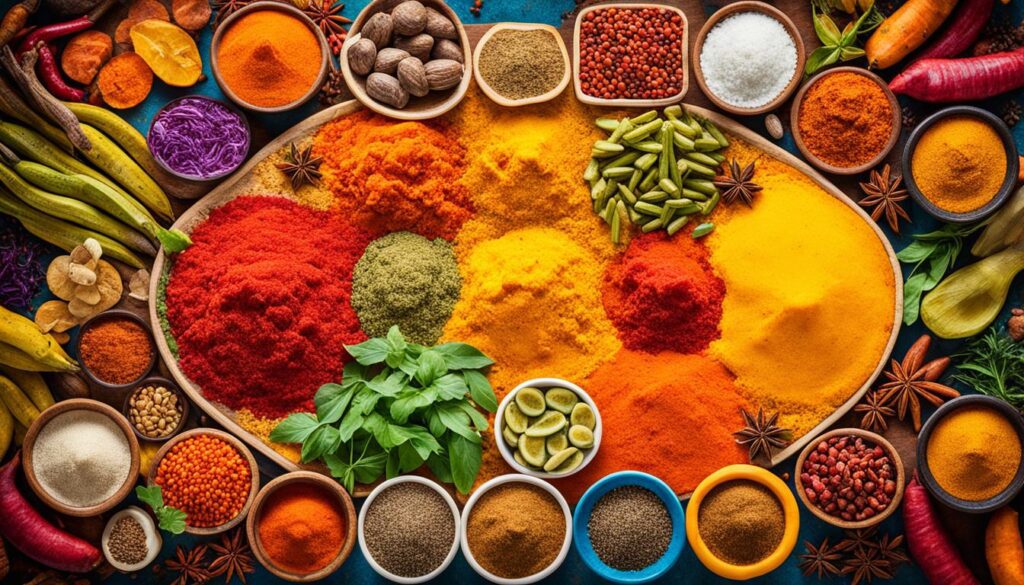
Through this exploration, we gain a deeper appreciation for the vastness and diversity of African culinary traditions. Ethiopian food serves as a unique thread in the fabric of African cuisine, representing not only the distinct flavors of Ethiopia but also connecting us to the wider tapestry of flavors, textures, and aromas found throughout the continent.
Conclusion
Throughout our exploration of Ethiopian food and its place within African cuisine, we have uncovered fascinating insights and notable distinctions. While Ethiopian cuisine carries its own rich cultural heritage and unique flavors, it is not entirely representative of African food as a whole.
The diverse culinary traditions across the continent offer a vast array of flavors, ingredients, and cooking techniques that vary from one region to another. From West African jollof rice to North African couscous and South African bobotie, African cuisine showcases a delightful tapestry of tastes and influences.
However, it is important to acknowledge the valuable contribution of Ethiopian food to the African culinary landscape. Whether savoring injera, a traditional Ethiopian flatbread, or enjoying the bold flavors of doro wat, a spicy chicken stew, the distinctiveness of Ethiopian cuisine captivates food enthusiasts worldwide.
As we celebrate the diversity of African food, let us embrace the uniqueness that Ethiopian cuisine brings to the table. Its rich cultural heritage, vibrant flavors, and ancient cooking traditions serve as a reminder of the culinary wonders that await us within the broader realm of African culinary traditions.

